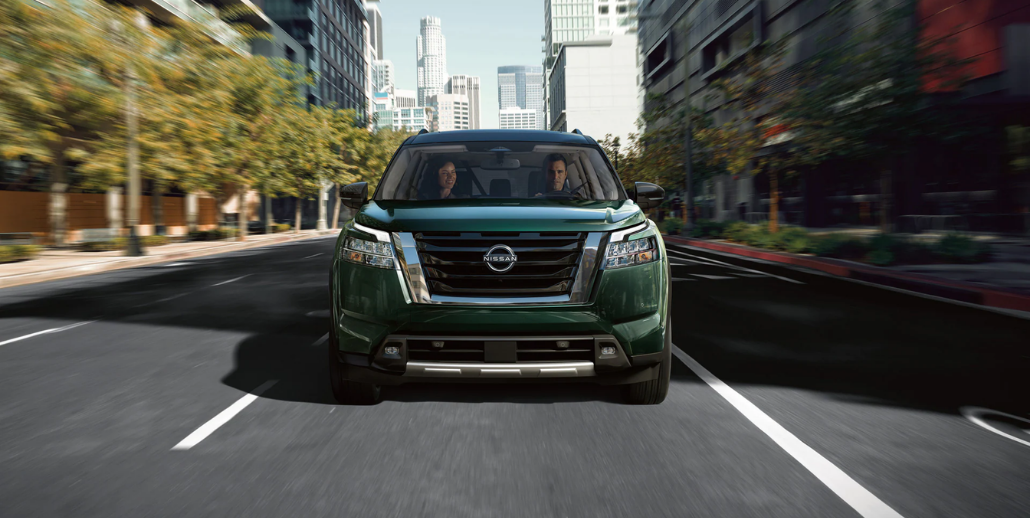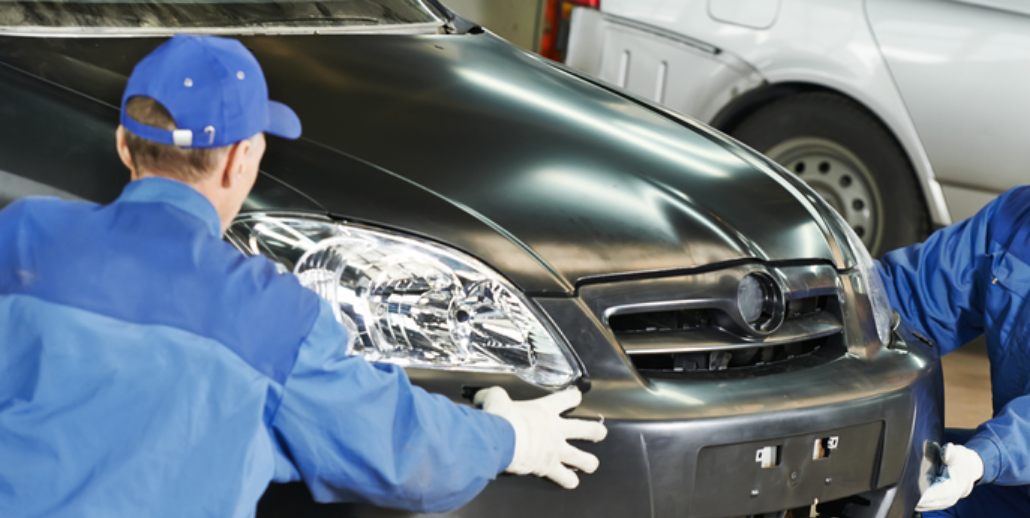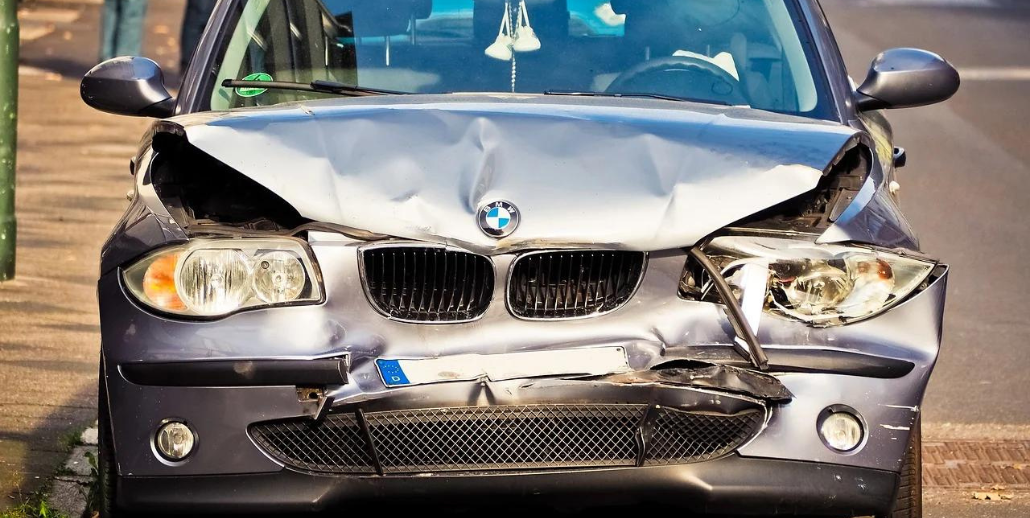When your vehicle is damaged in a collision, you might worry about those repair costs. If the damage is minor, you could be tempted to ignore it. However, even those minor scrapes and dents can lead to problems down the road. In any case, you will want to bring your vehicle to an experienced auto body repair center for an inspection. When the issues are addressed immediately, you can avoid many of those long-term problems. Plus, repair work ensures your vehicle looks and performs great throughout the years. Here are a few reasons why you should never ignore those minor dents and scratches on your vehicle.
Don’t Procrastinate on Those Repairs
Many people look at that minor damage on a vehicle, and they think it is no “big deal.” You might have other matters in your life, such as juggling responsibilities with work and family. The thought of leaving your car in the shop might seem like a hassle that you just don’t want to face. However, that procrastination can lead to costly repairs down the road.
Most minor car repairs can be completed in a short time without spending additional money on the vehicle. In some cases, your insurance might cover the majority of the expenses. Unfortunately, many car owners postpone these vital repairs. As previously stated, when you put off a minor body damage repair, it is never a good idea for your vehicle or budget.
Prevent Additional Damage
When you ignore minor damage to your vehicle, it can often lead to additional damage to the exterior of your car. The exterior plays a significant factor in determining the value of your car. If there is a minor dent or scratch, that damage can become worse over time. In fact, it only takes a little dent to break the clear coat of your vehicle to start the rusting process. For those proactive vehicle owners, you can maintain the value of your car and prevent any worsening problems by getting that body damage repair completed immediately.
Maintain the Appearance of Your Vehicle
If your car has a slight scratch or dent, that damage can affect the appearance of your vehicle. When the dent is severe and affects the paint, you might be looking at problems with corrosion around the damaged site. In most cases, a professional body shop has the tools to fix these problem areas quickly. Many times they can repair the problem in less than a day. When you have so many options available for a fix, why should you delay getting that minor damage repaired?
Avoid Lowering Your Vehicle’s Value
You might not think that that minor dent is a big deal now, but it will become an issue when you sell or trade-in your vehicle. A dent could signal that your car was involved in an accident, and many people will avoid purchasing these vehicles. Along with that, those unsightly dents and scratches can show that you just don’t care to maintain your car’s appearance. As a result, you will get less than the asking price. This lower price will also extend to those who trade in a vehicle at a dealership. If you want to get the best value for your car, then you need to get those minor issues fixed on your vehicle.
Prevent Further Accidents
While a dent on your car might seem like no big deal, it could be a symptom of more significant problems under the surface of your vehicle. If you want to assess the damage to your car, you should always make an appointment at your local body shop. When you repair those minor scratches and dents, you can avoid any potential accidents to your car.
For example, if you avoid fixing your bumper, it can lead to damage. A small scratch or dent can weaken the structural integrity of that component and compromise the safety of you and others on the road. If you are involved in another collision, all those safety features could be compromised, leading to severe injuries or death.
Filing an Insurance Claim
You could be tempted to skip the insurance claim for that minor damage, but that can cause issues in the future. If your bumper was damaged and you don’t fix it, the damage could be discovered down the road in the event of another accident. If your insurance company finds that unrepaired damage, they could deny your claim. In some cases, the insurance company will cover minor damage without increasing your rates.
Don’t Ignore These Repairs
While you already know that you shouldn’t avoid minor repairs, some need to be addressed immediately, such as:
Bad Alignment: If you have hit the curb with your car, you might notice that the steering wheel feels “off.” You might control the vehicle by adjusting your driving habits, but this problem will worsen over time. Along with that, misalignment can wear down your tires.
Taillight or Headlight Damage: Any damage to these areas must be completed as soon as possible. In many cases, these lights are required by law to be in working order. In addition to getting a ticket, it is dangerous to drive with this broken equipment. Without properly working lights and headlights, you could cause a serious collision.
Paint Scratches: Your paint protects your vehicle’s structure from rust. If you avoid these repairs, the metal underneath the surface can become damaged. Once rust settles into the metal frame, it becomes a costly repair to try to fix.
Auto Body Shop Near Me
If your vehicle has been damaged in a collision, you want to have an experienced auto shop complete those repairs. At Elmer’s Auto Body, we have the equipment and technicians to get your vehicle back on the road, and we will quickly take care of those minor repairs. In some cases, dent and scratch repairs can be completed in as little as a day. We will restore your vehicle back to its original condition. You can schedule a consultation for your vehicle by giving us a call at (856) 218-0202.






